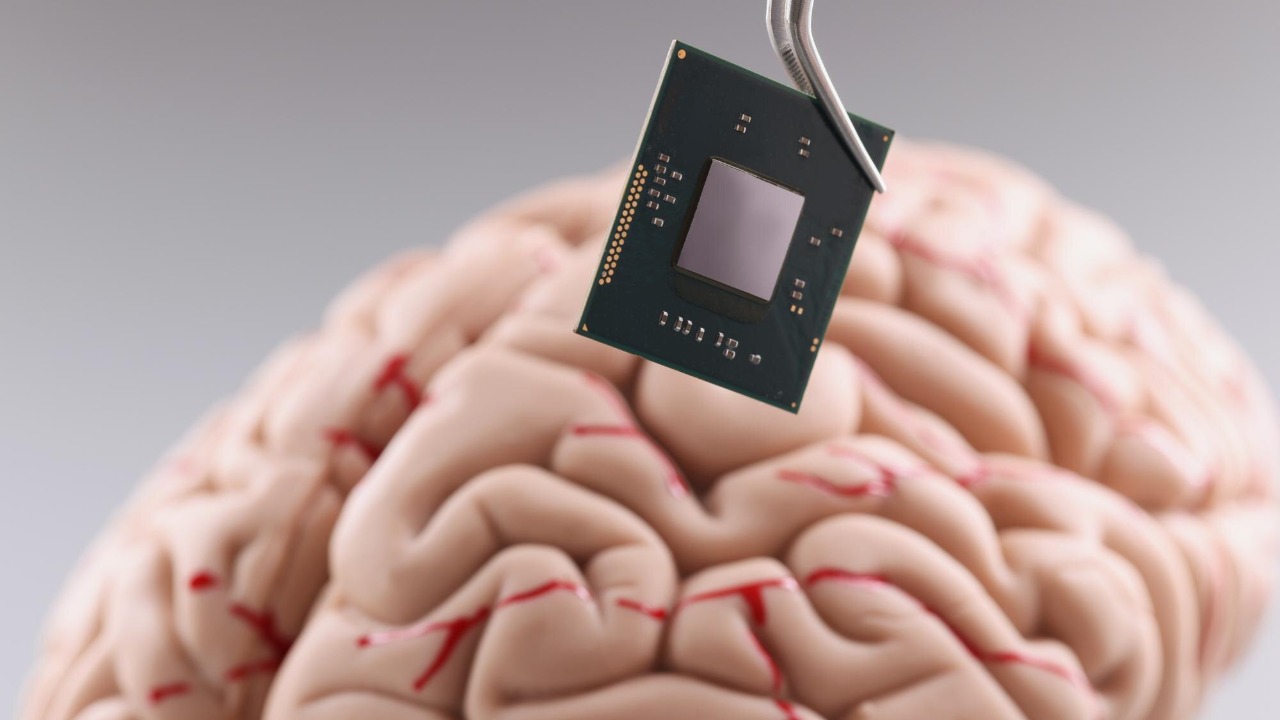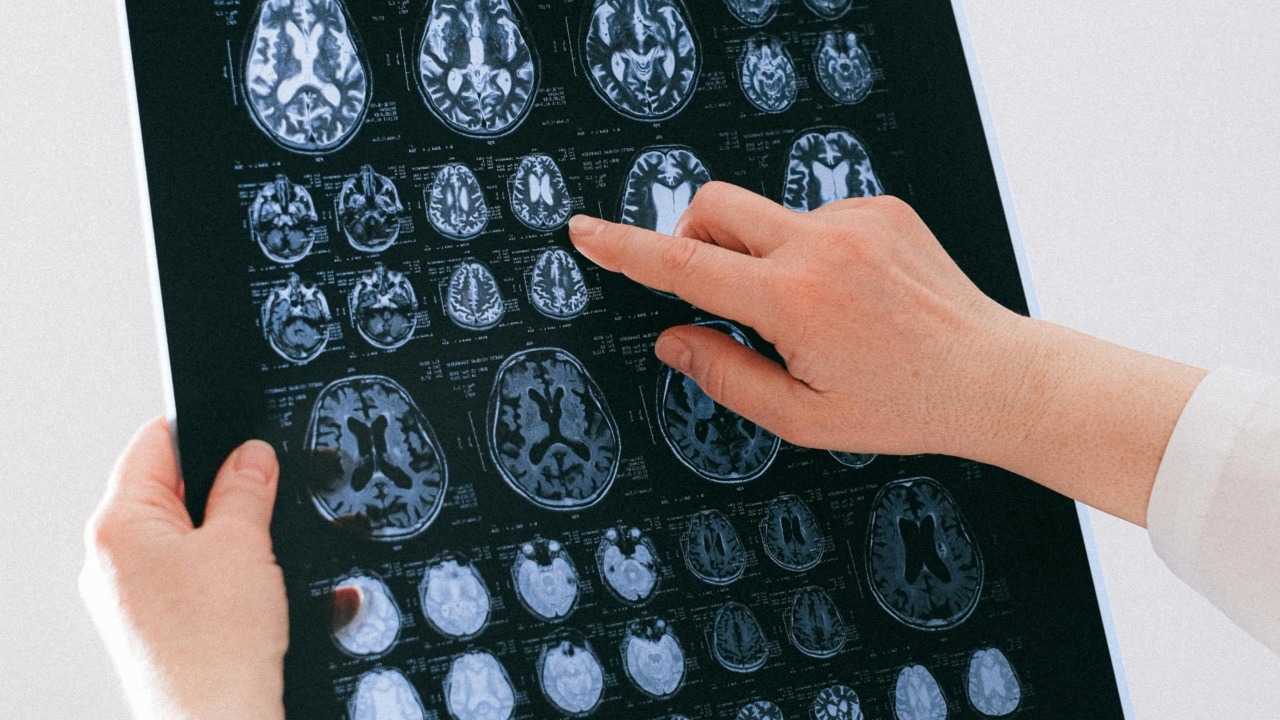
A significant advancement in targeted neurotherapy has been made with the development of a flexible brain implant capable of delivering drugs to multiple regions of the brain with surgical precision. This spiral-shaped device allows for precise, multi-site administration without invasive procedures, potentially transforming treatments for conditions like epilepsy and Parkinson’s disease.
Development Background

The innovative brain implant is the result of a collaborative effort by a research team from leading institutions and key collaborators from the field of biomedical engineering. The project was initiated due to the limitations of existing rigid implants, which often fail to deliver drugs to the desired regions of the brain effectively. The development of this flexible implant was supported by various funding sources and grants, demonstrating the significant interest and potential seen in this technology by the scientific community. source
Implant Design Features

The implant’s design is a marvel of biomedical engineering. Its flexible, spiral structure is biocompatible and can conform to the complex contours of brain tissue. This adaptability ensures that the implant can deliver drugs to multiple regions of the brain with precision. The implant is integrated with microfluidic channels that allow for multi-region drug release, a feature that sets it apart from conventional rigid implants. source
The materials used in the implant are soft yet durable, ensuring the device’s longevity once implanted. This combination of softness and durability is crucial for long-term implantation, as it minimizes the risk of damage to the surrounding brain tissue. source
Mechanism of Precision Delivery

The implant achieves surgical-level accuracy in targeting specific brain areas via wireless control. This precision is made possible by a drug reservoir system and programmable release mechanisms that can deliver different drugs to different regions of the brain. This level of control is unprecedented in the field of neurotherapy and opens up new possibilities for targeted treatment. source
Ensuring patient safety is a paramount concern in the design of the implant. Real-time monitoring features have been incorporated to prevent overdose or misdelivery of drugs. These safety measures ensure that the implant not only improves treatment outcomes but also minimizes potential risks. source
Preclinical Testing Results

Initial testing of the implant in animal models has yielded promising results. The studies demonstrated effective drug distribution to multiple brain sites, validating the implant’s multi-region delivery capabilities. The implantation success rates were high, and minimal tissue damage was observed, further attesting to the implant’s safety and effectiveness. source
Researchers have expressed optimism about the device’s performance in simulating neurological treatment scenarios. These positive results from preclinical testing are a significant step towards the eventual use of the implant in human patients. source
Clinical Potential and Applications

The implant’s potential applications are vast, particularly for disorders requiring localized therapy. Conditions such as Alzheimer’s disease or brain tumors, which have traditionally been difficult to treat, could benefit significantly from this targeted approach. The implant offers distinct advantages over traditional methods like oral drugs or single-site injections, which often fail to deliver drugs to the desired regions effectively. source
Plans are underway for human trials of the implant, although regulatory hurdles will need to be overcome. The success of these trials could pave the way for the widespread use of the implant in clinical settings. source
Challenges and Future Directions

Despite the promising results so far, there are still challenges to be addressed. Technical limitations, such as scalability for human use and long-term biocompatibility, need to be overcome. Ethical considerations for brain implants also need to be carefully considered, as the technology enters uncharted territory. source
Future directions for the project include enhancements for broader drug compatibility and potential integration with artificial intelligence. These advancements could further improve the implant’s effectiveness and broaden its potential applications. source
Broader Impact on Neurotechnology

The development of this implant could have a profound impact on the field of neurotechnology. It opens up the possibility for combined therapies with neural stimulation, which could revolutionize the treatment of neurological disorders. The implant could also influence the market for neurotherapeutic devices, potentially making targeted treatment more accessible for patients globally. source
When compared to existing devices like deep brain stimulators, the implant offers distinct advantages in terms of flexibility and precision. These features could make it a preferred choice for clinicians and patients alike, leading to a shift in the standard of care for neurological disorders. source